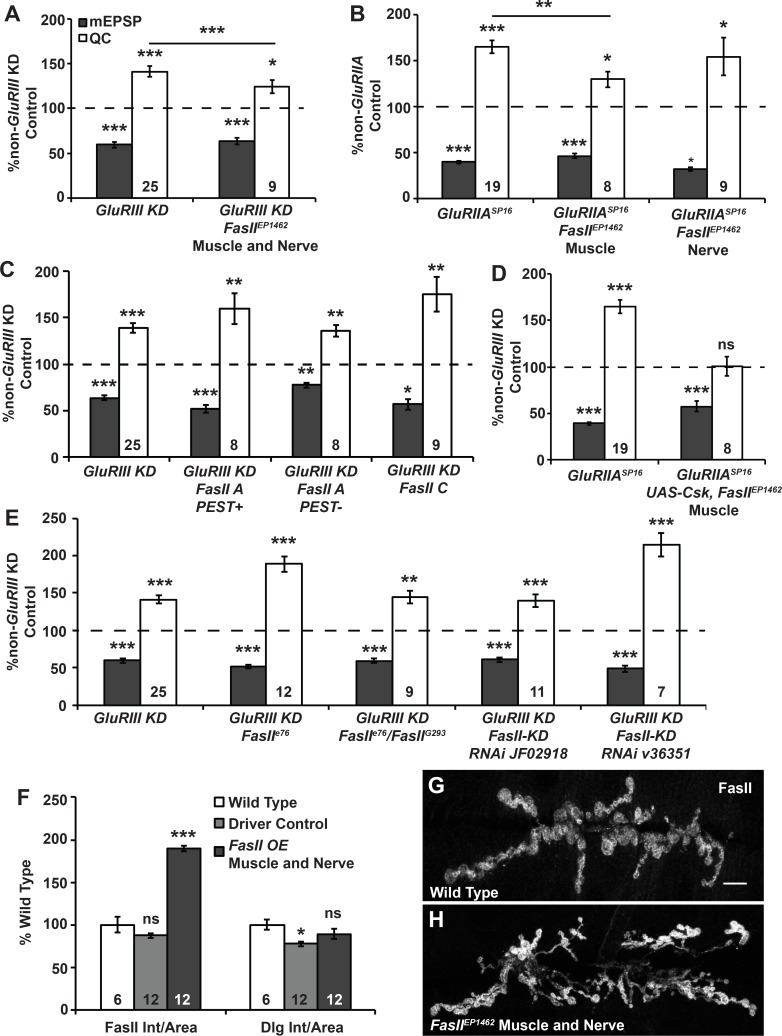Fig 8. Excess FasII impairs synaptic homeostasis.
(A-E) Values for mEPSP amplitude (gray) and quantal content (QC; white) normalized to genetic controls (dashed line) that lack a homeostatic challenge (non-GluRIII KD or non-GluRIIA controls). (A) Trans-synaptic FasII overexpression (O/E) from the FasII endogenous locus (FasIIEP1462) shows partial impairment of synaptic homeostasis, as does (B) muscle-specific overexpression with FasIIEP1462. (C) Overexpressing specific isoforms of FasII does not impair homeostatic compensation. (D) Overexpressing Csk-YFP in addition to FasIIEP1462 fails to suppress the homeostatic defects of FasII O/E seen in B. (E) Neither FasII loss-of-function mutations nor FasII knockdown (KD) impairs synaptic homeostasis. (F) Average values for synaptic FasII and Dlg fluorescence intensity normalized to synapse area. (G-H) Representative images of FasII immunostaining for trans-synaptic FasII overexpression. Scale bar = 10 μm. * p < 0.05, ** p < 0.01, *** p < 0.001, ns—not significant (p > 0.08) by Student’s T-test comparing homeostatically challenged mutants to their unchallenged (non-GluRIIA) controls.

